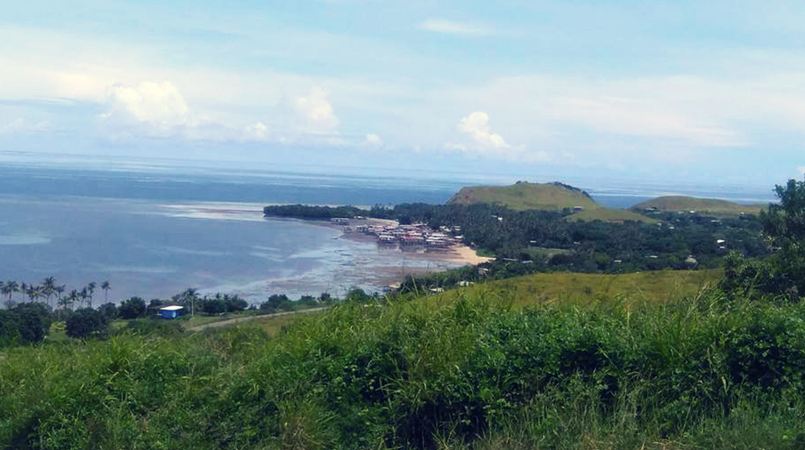
An article on a possible large scale scam published by the Papua New Guinea National Research Institute has called for the abolishment of the Konebada Petroleum Park Authority (KPPA).
The article revealed that there is a possible large scale scam that affects land belonging to customary landowners in the Port Moresby LNG corridor, which falls within the administrative authority of KPPA.
The role of the KPPA is to facilitate, regulate and manage the park, this includes planning and coordinating development through engagement of current and future stakeholders and bringing in investment.
The article, published on April 2, is titled “Is Konebada Petroleum Park Authority a scam?”
Through National Gazette No. G76, dated 07 February 2017, the Minister for Lands and Physical Planning declared over 23,000 hectares, starting at Fairfax Harbour and ending at the PNG LNG Site, to fall under KPPA’s administrative authority.
The article highlights that the Minister for Lands has failed to seek clarification on the status of KPPA and its funding, following the Parliament Accounts Committee Report, before increasing the boundary.
The Minister faulted in his due diligence by not checking whom the new boundary would affect and how it would affect them, which have implications for traditional villages and businesses situated on this land area, says NRI.
The article calls for the retraction of the Gazette, abolishment of the KPPA and calls for investigation into the Board and Management of KPPA and KPPA Limited, and if necessary, lay charges.
It also calls for the investigation of the Minister for Lands and technical staff within the Department of Lands and Physical Planning.
Researchers and writers of the article, Logea Nao, Belden Endekra and Lucy Hamago, say the government must intervene immediately and stop this scam before it becomes a monster that kills businesses and facilitates land grabbing.
They explained that this must not be a repeat of Taurama and Manumanu experiences within the Port Moresby LNG corridor.
